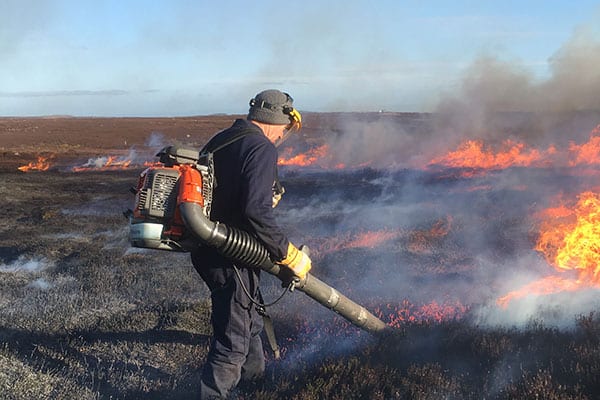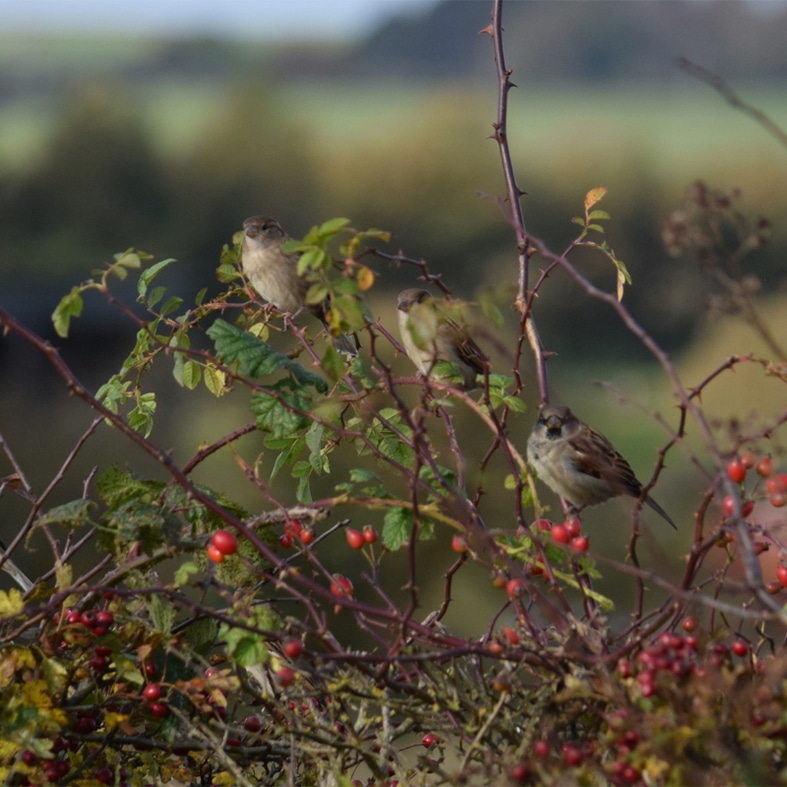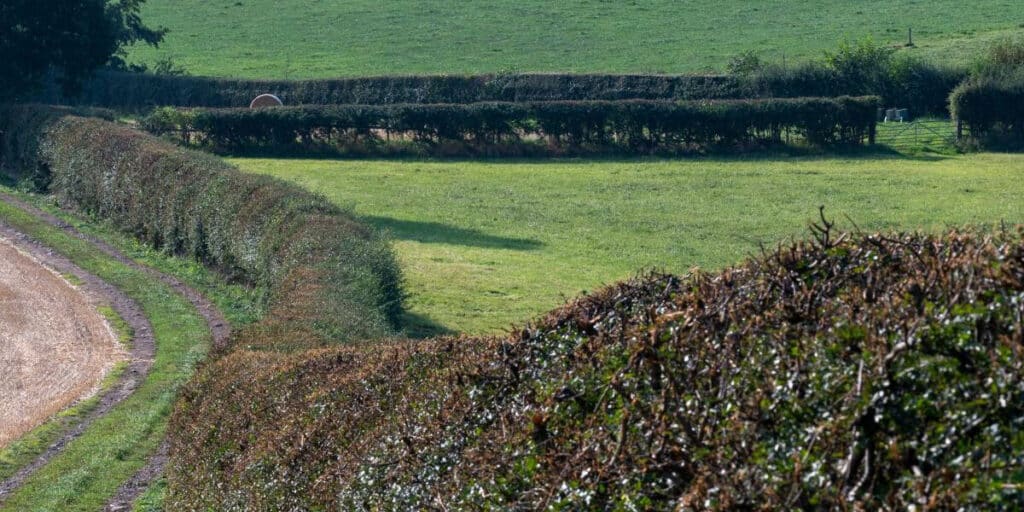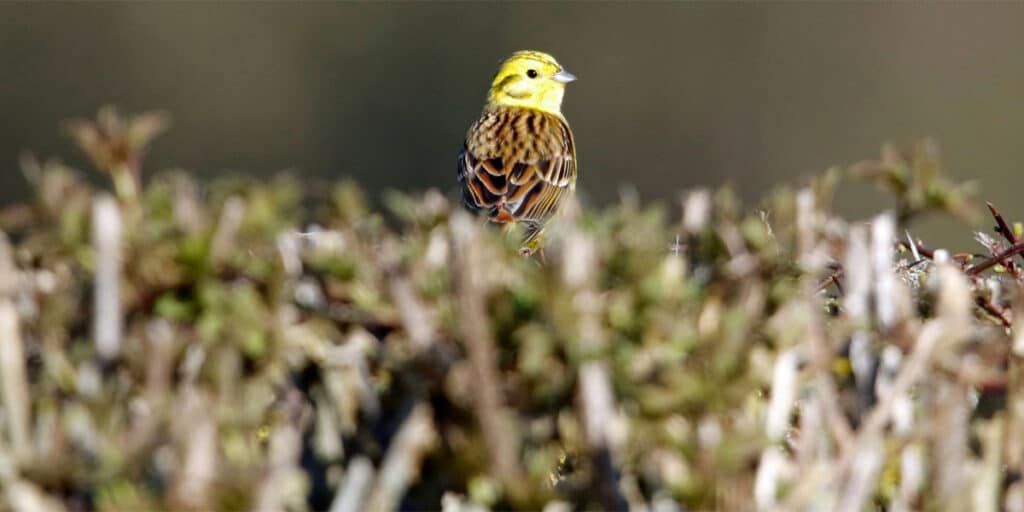
BASC responds to Government announcement on heather burning
Government announcement on heather burning offers promise of licences as consequences of a blanket ban recognised.
Get information on the legal shooting season for mammals and birds in the UK.
Apply for funding for your project or make a donation today
Comprehensive information and advice from our specialist firearms team.
Everything you need to know about shotgun, rifle and airgun ammunition.
Find our up-to-date information, advice and links to government resources.
Everything you need to know on firearms law and licensing.
All the latest news and advice on general licences and how they affect you.


The government is encouraging the creation of more hedgerows – and that will be a win for shooting and conservation, says BASC’s head of policy and campaigns Dr Conor O’Gorman.
In spring and early summer, the blackthorn and hawthorn in the hedgerows around us produced a firework display of white flowers, the intensity of which I cannot recall before. The cow parsley in the margins also had a great year, adding further to the dazzling spectacle. It has been a random year weatherwise, so I wonder how the blackberry and raspberry crop will fare?
We each know the value of hedgerows on our patch as biodiversity hotspots and havens for quarry species. Many continue to act as ownership boundaries and many of those that do not have been retained by landowners for a variety of reasons, including shoot management.
They certainly come in all shapes and sizes – from the wind-battered and growing horizontally along the coast and moorland edge – to the massive, impenetrable hedges encroaching on ancient green lanes of many a lowland farm.
Whatever their lineage and value at local level, there has been an increasing national interest in hedgerows of late.

In 2021, the Campaign to Protect Rural England (CPRE) published a report: Hedge fund: investing in hedgerows for climate, nature and the economy, detailing new research on the environmental and economic benefits of hedges. The CPRE used the research findings to launch a campaign to increase our hedgerow network by 40 per cent by 2050.
However, for all the benefits that hedgerows provide – supporting crop pollinators, creating shade and fodder for animals, slowing water flow, creating habitats for flora and fauna and so on – it is the carbon capture aspect that has gained particular attention on the policy front.
Last year, the Game and Wildlife Conservation Trust (GWCT) was awarded government funding to trial a ‘hedgerow carbon code’ – to allow land managers to calculate and verify the carbon capture potential of their hedges, enabling them to trade carbon credits. Now I know some of you might roll your eyes at this point, but if carbon calculations add value to the creation and retention of hedgerows, so be it – shooting will surely benefit, given the importance of hedgerows to us.
It would also be good to see greater recognition of the role that shooting plays in hedgerow conservation. Every year, 41 per cent of shoots create or maintain an estimated 7,000 hectares of hedgerows and the labour involved is equivalent to 790 full-time conservation jobs. Hedgerows alongside game crops provide vital cover and food for game and songbirds. Farms with a game shoot have, on average, 27 per cent more hedgerows than farms without a shoot. In addition, the all-important grass margins on either side of hedgerows tend to be 24 per cent wider on farms with a shoot. Studies have also demonstrated that hedgerows on game shoots are more likely to be bordered by a wildlife margin like wild bird cover.
We have long known the vital importance of suitable hedgerow wildlife margins for the breeding success of wild grey partridges. The presence of grassy banks for safe nesting sites for hen partridges, in close proximity to high quality foraging areas – with the right type and density of insects for their newly hatched chicks to forage on – is without doubt the key difference between a good and bad year, weather allowing. And whether it’s greys or redlegs, the prospect of a sporting chance at partridge coveys exploding over tall hedgerows is both a daunting and unforgettable experience.

The GWCT is also currently researching whether the releasing of gamebirds and the associated management has an effect on hedgerow structure and woody species diversity; we await the results of that with interest.
In January, the government published its Environment Improvement Plan which includes a commitment to support farmers to create or restore 30,000 miles of hedgerows by 2037 and 45,000 miles by 2050. Following on from that, a Defra consultation was launched in June seeking views on whether hedgerows should get further legal protection and management prescriptions under agri-environment schemes. BASC is responding to the consultation, which closes on 20 September, and we will be raising much-needed awareness of the role that shooting plays in hedgerow conservation.
Case studies help to reinforce our policy work and we would love to hear from hedgerow heroes in the shooting community. For example, BASC members taking part in the Cheshire Dormouse Project helped to connect 32km of woodlands and hedgerows.
To let us know about your shoot’s hedgerow conservation work, please email me with further details and photos.


Government announcement on heather burning offers promise of licences as consequences of a blanket ban recognised.

The Agriculture (Wales) Act will make it illegal to use snares in Wales, despite the threat to species conservation and livestock protection.

By taking part in the 2025 GunsOnPegs Census, you’ll have the chance to win two pegs on a 150-bird day at the spectacular Stoke Edith shoot in Herefordshire.
Sign up to our weekly newsletter and get all the latest updates straight to your inbox.
© 2025 British Association for Shooting and Conservation. Registered Office: Marford Mill, Rossett, Wrexham, LL12 0HL – Registered Society No: 28488R. BASC is a trading name of the British Association for Shooting and Conservation Limited which is authorised and regulated by the Financial Conduct Authority (FCA) under firm reference number 311937.
BASC Direct Ltd is an Introducer Appointed Representative of Agria Pet Insurance Ltd who administer the insurance and is authorised and regulated by the Financial Conduct Authority, Financial Services Register Number 496160. Agria Pet Insurance is registered and incorporated in England and Wales with registered number 04258783. Registered office: First Floor, Blue Leanie, Walton Street, Aylesbury, Buckinghamshire, HP21 7QW. Agria insurance policies are underwritten by Agria Försäkring.
If you have any questions or complaints about your BASC membership insurance cover, please email us. More information about resolving complaints can be found on the FCA website or on the EU ODR platform.